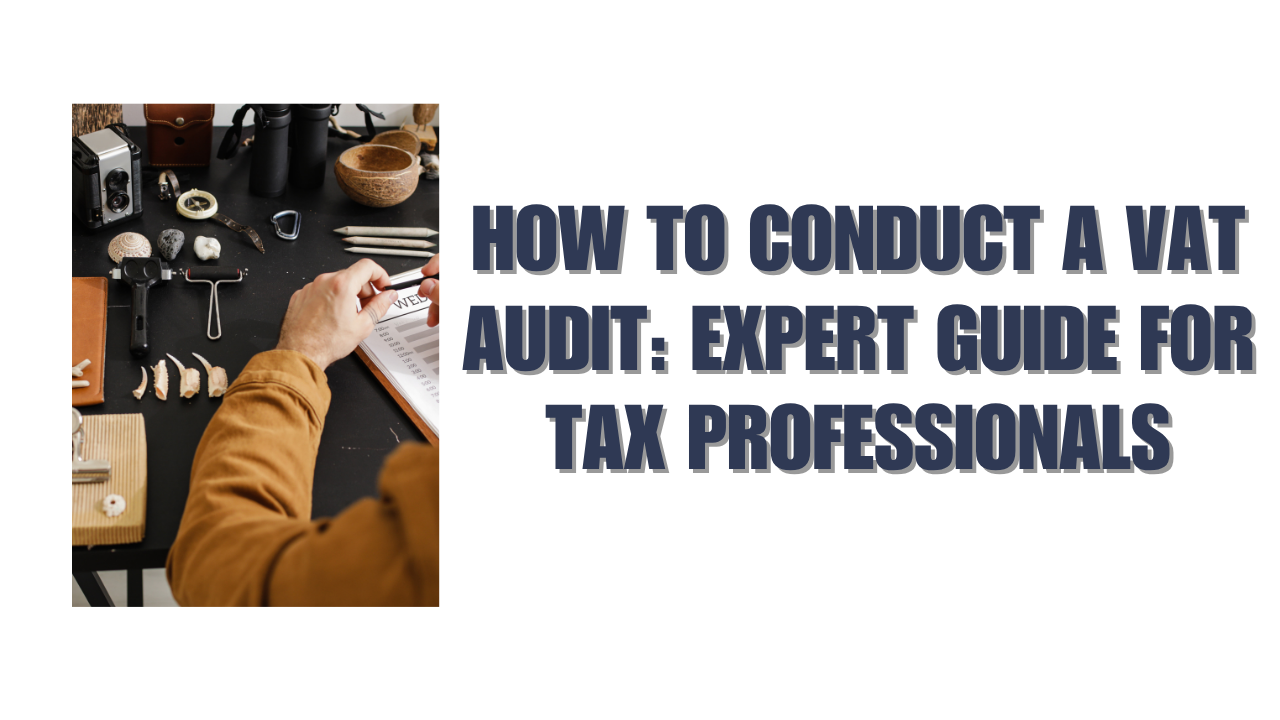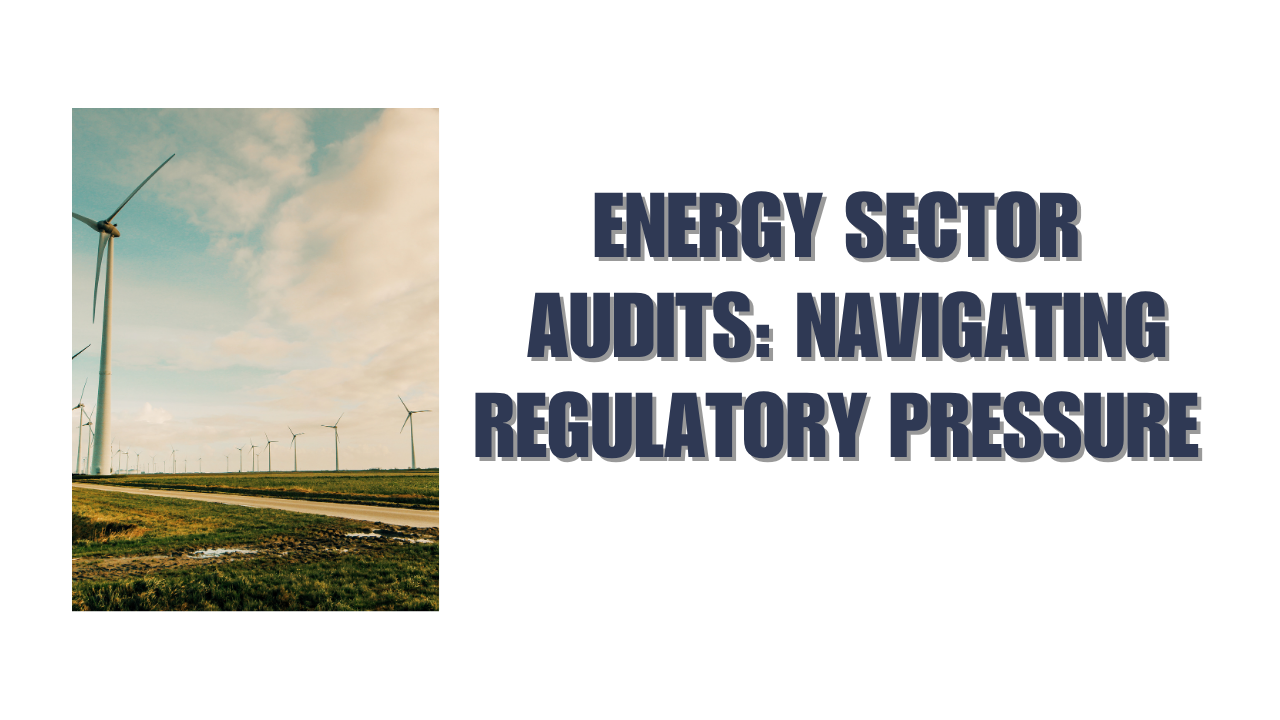Did you know that even unintentional VAT noncompliance could lead to fines, penalties, and extended audits?
Businesses failing to comply with local and foreign value added tax laws face severe consequences that can escalate to criminal charges. Your business needs to understand how to conduct a VAT audit properly, regardless of its size.
A VAT audit verifies that a company meets its tax and reporting obligations. The main goal is to confirm compliance with current tax rules and avoid financial penalties. Our experience shows how this proactive step protects businesses from unexpected tax issues.
The European Commission has stepped up its fight against VAT fraud. Their report from April 2022 asks member countries to strengthen VAT controls. Tax authorities worldwide now need to streamline their VAT tax controls. This makes tax compliance more critical than ever.
Regular VAT audits help your organization spot and fix compliance issues quickly. This piece walks you through everything you need to conduct a proper VAT audit that satisfies regulatory requirements.
Understanding VAT Audits
A VAT audit checks and verifies financial and accounting records to make sure businesses follow value-added tax regulations. We check if vendors pay their fair share of taxes honestly and regularly.
VAT stands out from other high-revenue taxes because businesses calculate their own tax liability. This self-assessment system can lead to mistakes or deliberate errors, which is why tax authorities need to verify the numbers.
You’ll find several different types of VAT audits:
- Desk Audit: Tax officials review VAT returns and invoices remotely. This basic review doesn’t require visiting your premises. Officials will ask about any issues they spot.
- Field Audit: Tax inspectors visit your business location to get a detailed look at your financial documents, including invoices, receipts, and records.
- Electronic Audit: Modern tax authorities now review accounting software, online sales platforms, and digital records electronically.
- Refund Audit: This audit looks at VAT refund claims for the specific period mentioned in your claim.
- Registration Checks: Quick spot checks confirm if businesses have proper VAT registration and keep the right records.
Tax authorities start these audits when they spot certain red flags. These include differences in VAT returns, unusual sales numbers, input tax amounts that don’t add up, strange changes from previous periods, or tax returns that don’t match.
These audits do more than just check compliance. Good planning and execution of VAT audits help collect more revenue. VAT makes up approximately 30% of all taxes that African revenue administrations collect. The inspections also help businesses find and fix compliance issues before they face penalties.
Your business should know how VAT audits work to direct this complex process successfully.
Preparing for a VAT Audit
Proper preparation is the life-blood of a successful VAT audit. Your original task should be to gather all the work to be done with documentation. Tax authorities may request access to extensive records during the audit process.
Key documents to collect in advance include:
- VAT ledgers with transaction details
- Copies of incoming and outgoing invoices
- Transport documentation (CMR notes, bills of lading)
- Payment records for reported transactions
- Contracts with suppliers
- Business activity descriptions and goods flow documentation
You need to manage organized financial records. Authorities often impose strict deadlines once an audit begins. Extensions might be possible but aren’t guaranteed. Some jurisdictions impose penalties for late responses.
Tax professionals say proper record-keeping must follow local requirements, especially when you have businesses requesting VAT refunds or submitting de-registration applications. Many jurisdictions require records must be managed to keep for at least 5 years.
Internal VAT health checks or self-audits before official inspection are a great way to get advantages. This practice helps identify potential errors and allows voluntary disclosure before authorities find them. Businesses that proactively address discrepancies typically face reduced penalties compared to those whose errors are “prompted” by tax authorities.
You need to think about whether to handle the audit in-house or bring in external expertise. Managing internally saves on fees. However, external advisors provide specialized knowledge, which proves valuable for complex transactions or large VAT amounts.
Proper preparation reduces resources needed during the actual audit. The process speeds up, identifies errors early, and potentially reduces penalties. Note that authorities may perform cross-checks with your suppliers and customers. Informing them about ongoing audits and clarifying outstanding queries makes sense.
Conducting the Internal VAT Audit
My internal VAT audit starts with a structured plan to get into all tax-related activities. The main goal is to assess an entity’s tax compliance status, spot risks, and create strategies to address them.
The first step matches tax reporting with accounting data and financial statements. This process checks if individual items in profit and loss accounts and financial position statements are accurate. The next step verifies that VAT returns align with accounting data to give a consistent picture across all documents.
A complete verification requires looking at these key components:
- VAT ledgers containing transaction details
- Sales and purchase documentation with supporting invoices
- VAT calculation methodology and tax base determination
- Reconciliation between reported figures and actual transactions
- Source documents that support key transactions (on a sample basis)
After collecting all documents, cross-checking invoice data becomes crucial since tax authorities use it for risk analysis. This helps spot any gaps between a business’s reports and its partners’ online submissions.
The next phase really digs into income reporting. This includes sales of goods and services, means of production, and private shares. Special attention goes to turnover outside tax scope and items not counted as consideration.
A reliable audit trail proves vital throughout the process. This will give complete and accurate invoice data that stays unmodified. Beyond specific transactions, the process assesses internal controls to prevent double processing of invoices and ensure they match real economic operations.
The audit wraps up with a detailed report showing risk assessments and their levels, plus ways to eliminate or reduce identified tax risks. If the process uncovers discrepancies, I work with the business to make needed adjustments.
Conclusion
VAT audits protect businesses from financial penalties and legal issues. This piece explores the basics of VAT audits that help businesses avoid pricey compliance problems.
Businesses need to know about audits of all types – from desk reviews to full field examinations. This knowledge helps them prepare better based on their needs. On top of that, it helps to gather and organize key documents before any official audit starts. This cuts down stress and problems during the actual inspection.
Internal VAT health checks are the most valuable tool available to businesses, maybe even the best strategy. These self-checks help find problems early. Companies can then voluntarily disclose issues rather than wait for authorities to find errors during official audits. Tax authorities look more favorably at this approach, which often leads to lower penalties.
Your business’s tax reporting and accounting data need to match perfectly to work in a VAT audit. A reliable audit trail comes from checking invoice data and verifying transaction details. This keeps your business in line with tough regulations.
Tax authorities everywhere are tightening their VAT controls. Regular internal audits have become more crucial than ever. So, businesses must choose between handling these processes themselves or getting expert help. This choice depends on how complex their transactions are and their risk exposure.
Good VAT audit procedures do more than just keep you compliant. They protect your reputation, prevent surprise costs, and give you peace of mind. Though detailed audits take effort, facing tax investigations unprepared costs much more and creates bigger headaches. Start using these audit practices now to protect your business from future VAT compliance issues.
Key Takeaways
VAT audits are essential compliance tools that protect businesses from severe penalties, fines, and potential criminal charges for tax violations.
- Conduct regular internal VAT health checks to identify and correct errors before tax authorities discover them, potentially reducing penalties
- Maintain organized records for at least 5 years including VAT ledgers, invoices, transport documents, and payment records for audit readiness
- Reconcile tax reporting with accounting data systematically, cross-checking invoice details and verifying transaction accuracy across all documentation
- Consider external expertise for complex transactions while preparing thoroughly to minimize audit duration and resource requirements
- Implement reliable audit trails and internal controls to ensure complete, accurate data that demonstrates good faith compliance efforts
Proactive VAT audit preparation transforms a potentially stressful regulatory requirement into a strategic advantage, helping businesses maintain compliance while avoiding costly surprises during official inspections.
FAQs
Q1. What is a VAT audit and why is it important?
A VAT audit is a systematic examination of financial records to ensure compliance with value-added tax regulations. It’s crucial because it helps businesses avoid costly penalties, fines, and potential legal issues associated with non-compliance.
Q2. How often should a business conduct internal VAT audits?
Businesses should conduct internal VAT audits regularly, ideally on a quarterly or semi-annual basis. This proactive approach helps identify and correct errors before they become significant issues during official tax authority inspections.
Q3. What documents are typically required for a VAT audit?
Key documents for a VAT audit include VAT ledgers, incoming and outgoing invoices, transport documentation, payment records, supplier contracts, and business activity descriptions. It’s important to maintain these records for at least 5 years in most jurisdictions.
Q4. How can businesses prepare for a VAT audit?
To prepare for a VAT audit, businesses should organize all relevant financial records, conduct internal health checks, reconcile tax reporting with accounting data, and consider seeking external expertise for complex transactions or significant VAT amounts.
Q5. What are the consequences of VAT non-compliance?
Consequences of VAT non-compliance can range from financial penalties and extended audits to severe fines and, in extreme cases, criminal charges. Proactive compliance and regular internal audits can help businesses avoid these risks and maintain good standing with tax authorities.






